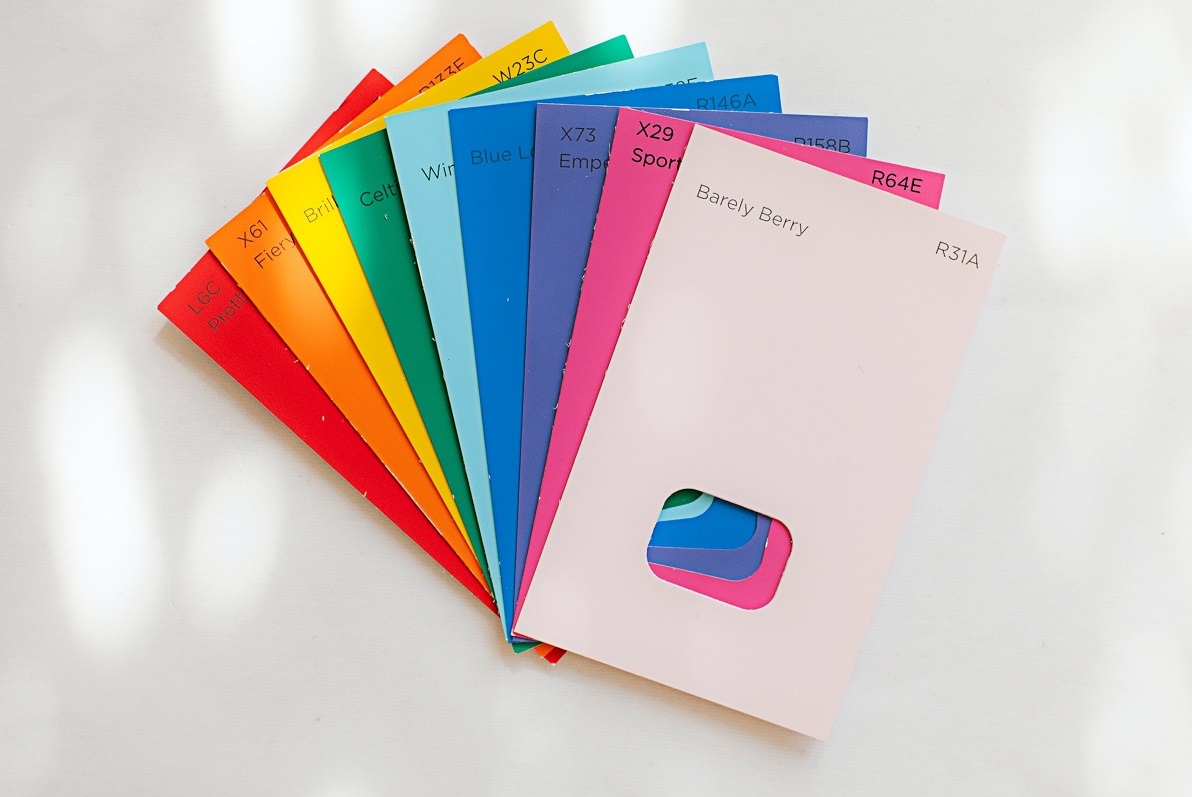Jeremy Glaser: For Morningstar, I'm Jeremy Glaser.
I'm here today with Jon Hale, the Head of our Sustainability Research, to talk about the best ways to use our new Sustainability Rating for funds.
Jon, thanks for joining me.
Jon Hale: Good to be here.
Glaser: If you are an individual investor, what's the best way to use this new Sustainability Rating? How do you integrate it into your research process?
Hale: I think a great way for investors interested in improving the sustainability profile of their portfolios overall is to use it as a first cut, potentially. Meaning, take the ratings in the categories that you are interested in, maybe take the 4- or 5-globe rated funds--that's the top third of the universe--and then go about your normal process of evaluating funds [within that universe]. That would be looking at things that you are interested in, like style or process. Certainly if it's an analyst-rated fund, refer to that as well.
Glaser: How is that process going to differ between intentional funds that have a sustainability mandate and a conventional mutual fund?
Hale: It doesn't really differ at all except for the fact that with an intentional fund, now with our ratings, we can assess how well they are living up to their mandate. That wasn't possible before. We just had to take their word for it.
But one of the things that's very interesting about our new rating is that investors who are interested in sustainability now have a wider universe to choose from. Those intentional funds that you mentioned are only 2%-3% of the universe. It's not necessarily possible for every sustainable investor out there to invest in them. They might not be available in the platform that they are investing on. So, we are really expanding the universe of funds that are acceptable or that are may be acceptable to sustainable investors.
Glaser: What's the best way to interpret that globe rating? If you see something with a 1- or a 2-globe rating, does that mean they are doing a terrible job at sustainability, or does it just mean that they are worse than the peers in their category?
Hale: It means they are doing worse than the peers in their category. If you have a 1- or a 2-globe rating, it means you are in the bottom third of your category. Also, I think it would be some indicator that perhaps this is not a fund that's paying very close attention to these issues, but it would certainly be worth a conversation with the fund's management on what they are thinking about in terms of sustainability, or whether they are at all.
Glaser: Are some categories generally much better at sustainability than other categories? How do you sort that out?
Hale: There are some categories that overall score better than others. One of the things that investors can do to assess this is look at the category average sustainability score, and there could be funds in one category that have the same sustainability score as funds in another category, but because of the differences in the overall category averages, they could score differently.
Glaser: How does this rating compare to other ratings that our users might be used to, like the Analyst Rating, the Medalist rating (Gold, Silver, Bronze), or the star rating?
Hale: It's very important to point out that this rating is different because it's purely a portfolio-based rating. It's not based on performance, either the backward-looking performance of the star rating or the forward-looking projection of an Analyst Rating that says we believe these are funds that get medals, these are funds that are going to outperform their category or benchmark on a go-forward basis.
In that sense, the Sustainability Rating has to be used in conjunction with other metrics and analytics before either selecting a fund or trying to switch out funds based on a Sustainability Rating.
Glaser: So, it's not a buy/sell signal on its own, but part of the process.
Hale: Right, part of the process.
Glaser: Jon, thanks for sharing how to use these ratings today.
Hale: Thank you.
Glaser: For Morningstar, I'm Jeremy Glaser. Thanks for watching.




















